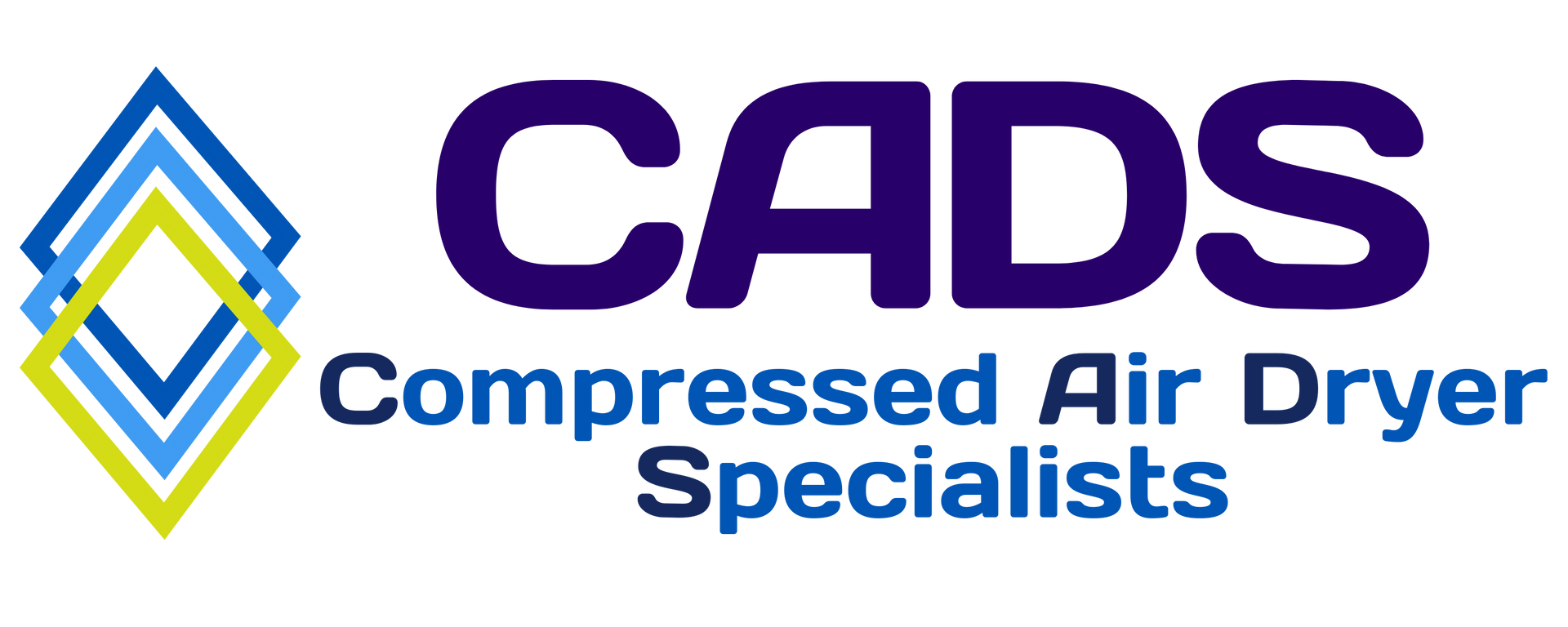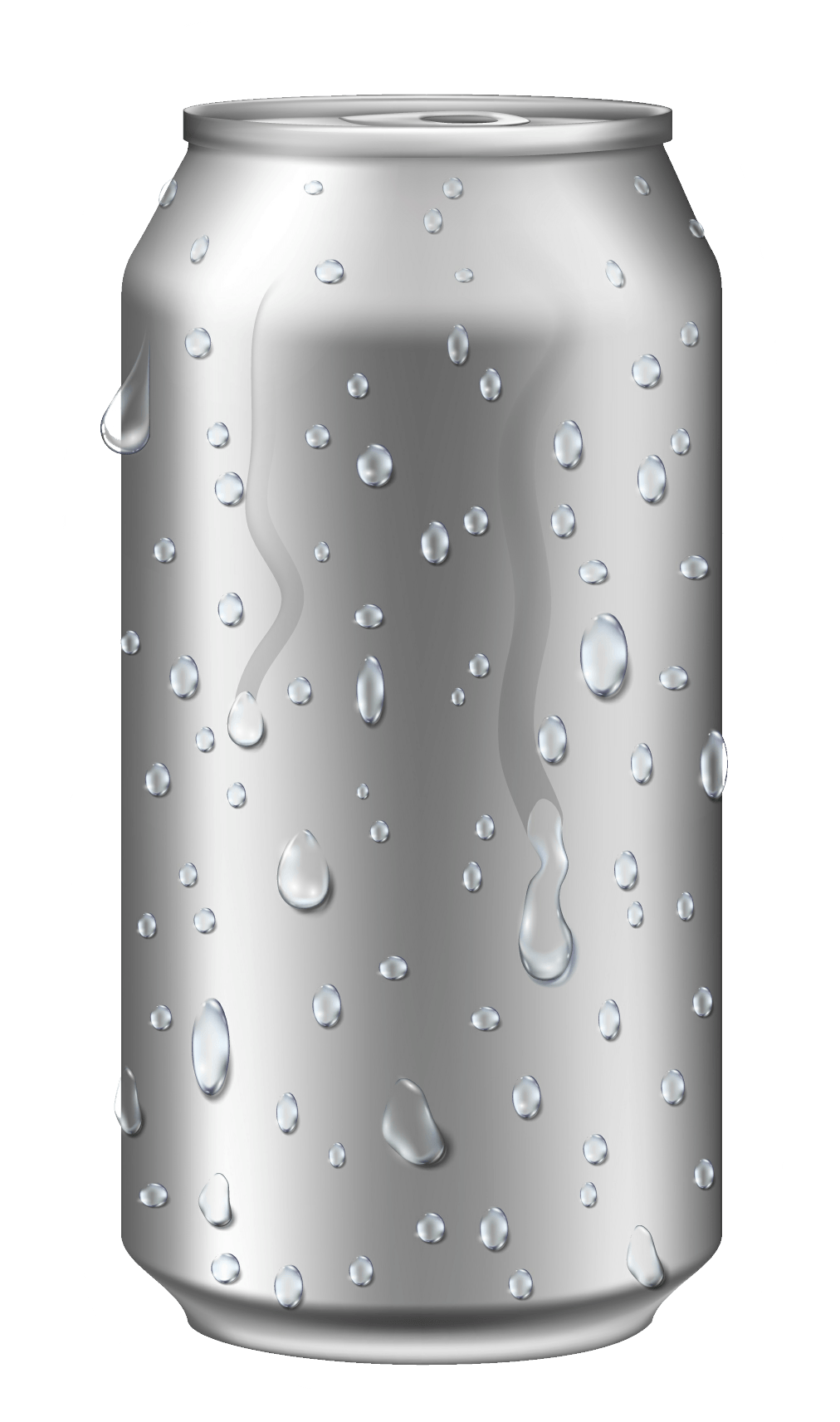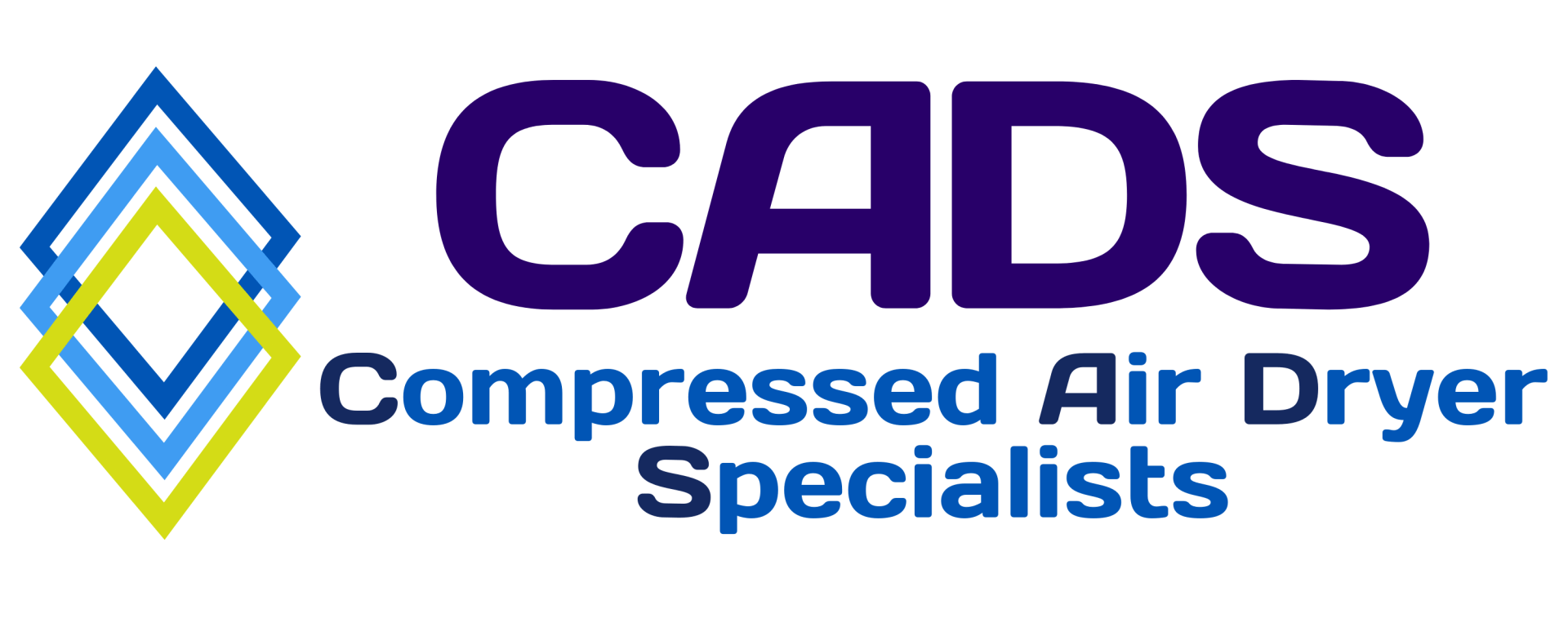MAINTENANCE ENGINEER
If you are the maintenance engineer for a general industrial requirement, then a lot of what is contained here will apply to your equipment also, keep scrolling and reading.
Hopefully, the project engineer who specified the drying equipment for your system specified the simplest, most reliable, and efficient Heatless Desiccant Air dryer and you are receiving consistently dry instrument & process air, at least to a -40°C pressure dewpoint (pdp). Particularly if you are based within a hot climate.
But how can you be sure?
Are you consistently producing "dry" air at -40°c pdp?
Are your dewpoint meters calibrated and measuring the outlet of each dryer unit?
Are the dryers being operated within their design parameters?
Are the dryers being maintained as per the manufacturer's recommendations?
If you answered that you are - then congratulations!
If not, then keep reading and scrolling down.
MAINTENANCE
preferably Preventative Maintenance (PM)
I find it amazing that this is still an open topic. Surely we accept and appreciate that we service and maintain our cars for one basic reason - so it doesn't break down when we most need them!
Most sensible drivers maintain their vehicles in line with the manufacturers recommendations, because they appreciate that the manufacturer knows the peak reliability and performance periods for the parts fitted to their cars.
Is this not what we are all looking for, reliability and performance. The car will go as fast as the specification, will do so many miles per gallon and be reliable for a given period of time at a measured cost, if maintained.
Why change your engine oil ?
Because it is cheaper to change the oil every year rather than replace the engine, every 3 years.
So why is that we do not accept the same basic principles when applied to equipment that could have a more catastrophic impact.
When you consider the life of most plants and the equipment within the plants doesn't it make more sense to maintain the equipment at the optimum performance and reliability levels.
In the long term and with most plants we are talking long term, it works out cheaper and more cost effective. Increased production, reliability, less downtime, scheduled maintenance.
FIRE FIGHTING
in relation to maintenance, is for a variety of reasons, one of the most widely used practices
basically means fixing something when it breaks.
"Why fix something if it is not broken" - right? - WRONG.
Preventative Maintenance (PM) isn't about fixing things that are not broken, it is about taking care of
the equipment so that it does not break unexpectedly. Giving you back control over your equipment,
not the other way around.
Which of these gears is the most important?
Within your plant or refinery (the machine) every gear (equipment) is important. If it wasn't, then it wouldn't be there. So every gear (equipment) needs to turn (operate) efficiently and reliably, to ensure that the plant (the machine) produces a quality product as efficiently, reliably and as safely as possible. Not only does each gear (equipment) affect the efficiency of the plant/refinery (the machine) but it also affects the other gears (equipment) directly or indirectly connected to it. So in the case of "fire fighting", fires will spread if not dealt with quickly and cause damage to the surrounding area (other equipment). This applies to all the equipment within your plant/refinery. So all the gears are important. Logic
Benefits of Preventative Maintenance (PM)
SYSTEM REVIEW
The average working life of a refinery or chemical processing plant is between 50 and 120 years, the major components within your system should at least survive the minimum period of 50 years. If not, then you could ultimately be heading towards a future catastrophic outage and subsequent extended plant shutdown for repairs.
The single most important common element within your system is the process and instrument air network, on which almost every process relies upon.
If you have stainless steel pipework throughout, then you have little reason to worry, unless you are in the food or pharmaceutical industries, which generally do have stainless steel pipework, but must be wary of bacteriological growth and contamination.
They generally have dryers producing a -70°C pressure dewpoint (pdp).
So what are we talking about?
Put simply - DEWPOINT
DEWPOINT
the air temperature, at a given pressure,
at which water vapour begins to condense into a liquid.
Almost everyone of us, will have at sometime, experienced the effects of dewpoint, be it sitting on the grass early in the morning or simply getting a drink can from a vending machine and placing it on our desk.
The greatest misconception, with regard to dewpoint, is that it is purely the temperature at which moisture begins to condense into a liquid.
It is also the measure of how
"dry"
the air is, how much moisture remains after being dried to a given dewpoint. As illustrated in the chart below.
| Dewpoint °C | Grams of water per m3 | Dewpoint °C | Grams of water per m3 |
|---|---|---|---|
| -70 | 0.0025 | 0 | 4.87 |
| -60 | 0.0119 | 5 | 6.8 |
| -50 | 0.039 | 10 | 9.4 |
| -40 | 0.12 | 15 | 12.9 |
| -30 | 0.33 | 20 | 17.4 |
| -20 | 0.89 | 25 | 23.2 |
| -10 | 2.16 | 30 | 30.5 |
There are three elements needed for corrosion to occur, a ferrous material, oxygen, and moisture. At a -35°C pressure dewpoint, there is insufficient remaining moisture for corrosion or bacteriological growth to take place. A -40°C pdp instrument air specification allows for a 5°C safety buffer, preventing corrosion.
CORROSION
The single biggest hidden threat to your plant, costing the industry
over $2.5 trillion per year.
For "Blue Chip" industries this is a major issue - Why ?
List of Services
- SAFETY
List Item 1
Generally, the processes and substances used within these plants can have a catastrophic effect if a leak or major failure occurs. Resulting in the deaths of 100's if not 1,000's of people.
- PIPING
List Item 2
The piping within "Blue Chip" industries is generally larger and covers greater distances. So the use of non corrossive materials is either impracticle as it wont meet the code or pressure standards or in the case of stainless steel is cost prohibitive.
- CORROSION
List Item 3
As we cannot change the material of the piping and we cannot remove the oxygen, we have to reduce the moisture content. That requires a dewpoint of not less than -35oC. A -40oC pressure dewpoint (pdp) is the standard for these applications.
Remember, liquid water is NOT the most damaging of the contaminants within your compressed air system, particulates are.
Corrosion generates increasingly more and larger particulate contamination, causing more damage.
Want to learn more - CLICK HERE
Don't forget your plant is expected to operate for a minimum of 50-120 years. Plenty of time for corrosion to have a major impact. Maybe not an issue you will see in your lifetime, but certainly within the lifetime of your children and grandchildren.
PREVENTATIVE MAINTENANCE
The only safe, reliable and efficient maintenance program.
Most good dryer manufacturers recommend a 12 month maintenance period.
The following are the components which should be serviced and replaced annually.
List of Services
List of Services
-
1 FILTER ELEMENTSList Item 1
Generally three types, inlet, outlet and control (pilot). Replace annually (some manufacturers every 6 months). Filter elements cannot be cleaned and differential should not be relied upon.
-
2 MAIN VALVESList Item 2
The main valves on a dryer should be removed and serviced. Service kits are generally available for all valves. Check for scoring and damage, particularly with ball & butterfly valves.
DESICCANT
The correct desiccant should last 3-5 years, within the original design conditions of the dryer.
If not, then you have an issue with your dryer, system, or desiccant.
Grade - is a word which is incorrectly used when selecting the correct supplier of desiccant.
Most desiccants are manufactured to the same ratio of materials (grade).
For dryers, the more important selection criterion is size. This will affect airflow, contact time, and abrasion all important factors when applied to desiccant and the efficiency of your dryer.
It is generally accepted, that within most major plants, 25-30% of the compressed air produced is being lost to leaks. A percentage of this loss can also be attributed to bad system management or operating practices. Refer to anecdote No. 5.
There are many effects which can be attributed to this high leakage rate, aside from increased utility cost.
1. Increased loading on the compressor, if it unnecessarily works harder it runs hotter.
2. The servicing of compressors is usually based on hours run on load, service interval is shortened.
3. Dewpoint would be affected. Within 40ft of a 1/4" leak, 20°'s of dewpoint is lost.
So not only are you wasting energy and the associated expense, the quality of your system is compromised. If your dryers are only producing a -20°C pdp, one 1/4" leak and you could have a 0°C dewpoint. Further leaks and you would probably have a positive dewpoint and the associated "liquid" contamination. Either way corrosion and the speed of particulate generation exponetialy increases the wetter the air gets.
LEAKS
The single biggest hidden threat to your plant, costing the industry
over $2.5 trillion per year.
Click on the buttons for more information relating to equipment, systems and maintenance.
Revenue Streams: Consultancy Retainers, Advertising, Training Courses, Consultancy Fees, Subscriptions, Documentation/Data, Posters/Merchandise - we do not receive any revenue from parts or equipment sales associated with our interaction or recommendations.
The placement of advertisements for products or services within the C.A.D.S. website should not be seen or construed as an endorsement of said products or services.





